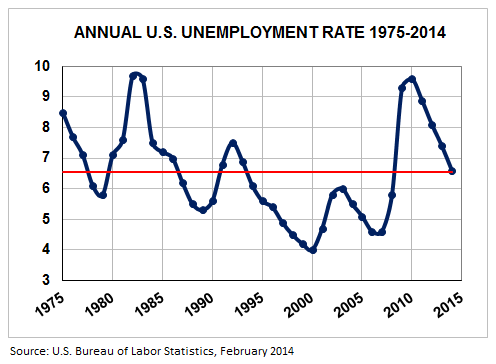Given the dramatic events of the last week in regional bank land, I will share a few points that I think are interesting given where we stand right now.
1) The $250,000 insurance limit is a mirage
There is a lot of discussion about the FDIC insured deposit limit of $250,000 (whether it is high enough, should be raised, etc) but let’s be honest, the limit is meaningless. The U.S. government has repeatedly shown it is willing to take extraordinary steps to prevent cracks in the financial system from cascading into catastrophe. It only took a weekend for leadership to guarantee 100% of all deposits held with Silicon Valley Bank and Signature Bank. Thus, in this political climate, there does not seem to be any reason to worry about which bank your personal cash is held with.
2) Government-backed bonds are generally safe, but still carry risk
Despite the fact that everybody in the industry knows that long-dated bonds carry plenty of interest rate risk if you are forced to sell them before the maturity date, problems still arose here. After the Great Recession of 2008-2009, banks were encouraged to park deposits in safe securities like treasury bonds and government-backed MBS - securities that were considered safe and got you high marks during stress tests. SVB seems to have taken that to heart, in the sense that they bought lower risk stuff, but they ignored the fact that their liabilities were mostly short-term in nature and thus could very well be in position to be forced to sell them early at a loss.
The problem here was simply mismanagement - or the lack of risk management. Matching short-term deposits (VC and tech companies need to rely on short-term cash reserves much more than larger, mature, profitable businesses) with 10, 20, or even 30 year debt makes absolutely no sense. The blow could have been muted had they hedged the interest rate risk (somehow they didn’t) - or rebalanced their bond portfolio after it was clear the Fed was not slowing down the rate hikes. The fact that the yield curve was inverted during most of this period is even more shocking - as it means they were getting paid less in return for holding the riskier, longer dated bonds.
3) Contrary to the political narrative, this is definitely a bank bailout
The government announcement over the weekend was quick to highlight that any losses incurred by backstopping 100% of bank deposits at the failed institutions will be covered by the insurance fund and not the taxpayer. While true, this ignores the other part of the rescue plan. For banks that remain operational, but hold underwater positions in the same types of long dated bonds that tripped up SVB, the Fed will lend against that collateral at 100 cents on the dollar. This will minimize future bank failures by letting banks realize full value for an investment that is currently marked well below par value. Of course, this is a bank bailout using taxpayer funds (via the Fed). It may very well make a profit for the government - a la TARP - assuming they charge interest on these collateralized loans, but make no mistake - this is not private capital creating a solution but rather than Fed using its power as lender of last resort.
Much like 15 years ago, when the Fed accepted bad assets as collateral when nobody else would, SVB and Signature were the first to fail (a la Lehman and Bear) and in response those who lasted longer will reap the benefits (the other regional banks today are like Goldman and Morgan back then). So yes, it’s accurate to say the management and shareholders of failures like SVB will not get a government bailout, but their competitors will by being allowed to access newly created government-backed financial resources to keep them afloat.
4) It is likely that the Fed’s rate hiking cycle has indeed “broken something” in the economy.
But it’s not what we might have thought (the job market or GDP growth) but rather the balance sheets of the banking sector. After having been told they should hold more “good assets” like treasuries, the banks now require financial support to prevent these very securities from rendering them insolvent - even if sound risk management would have prevented problems. If this means the Fed hiking cycle will quickly come to an end, we might avoid an even bigger economic shock down the road, which could be the preferred alternative. If they keep raising rates now that banks have enhanced financial backing, well, then we’ll need to watch out for what else they will break.






